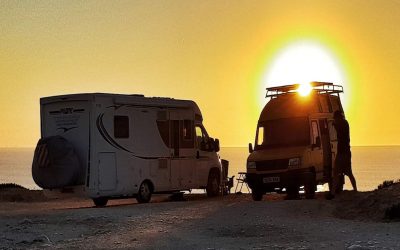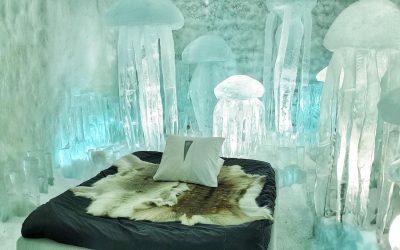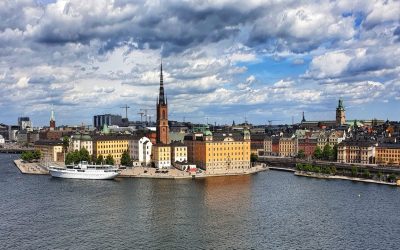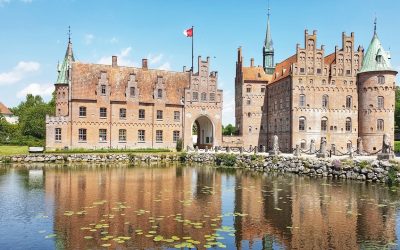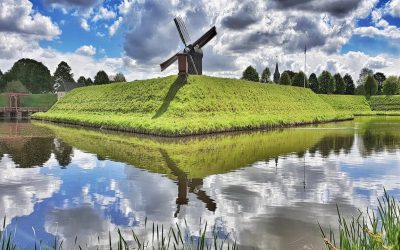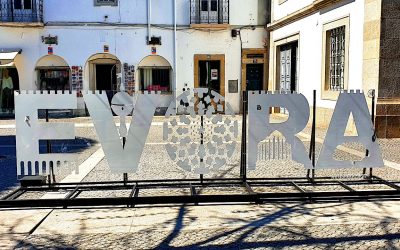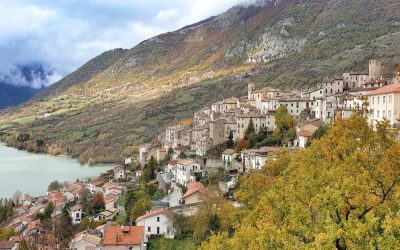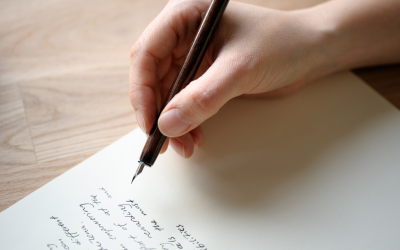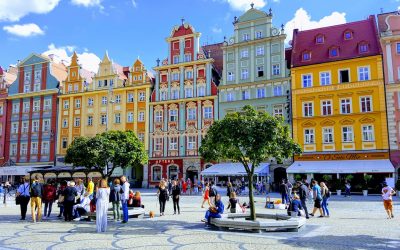Celebrating Birthdays whilst travelling Celebrating Birthdays whilst travelling or living on the road can be a tricky affair....

Location independent lifestyle
Location independent lifestyle
Guest Post – Gap Year Nomads
We love meeting new people on the road and hearing what brought them to travel. When we rocked up to a wild spot on the west...
Icehotel, Sweden – a fusion of nature & art
The Icehotel, a sensory experience that goes deep beneath your skin, penetrates far beyond your iris and seeps profoundly into your soul....
24 hrs in Stockholm, The Alternative Guide
The Motoroamers’ City Tour series Sweden’s Stockholm is reputed to be one of Europe’s best, so a visit is a must! Although as...
Denmark Highlights & Interactive Map
Denmark is not a destination - it's a lifestyle. Pintrip.eu Let's be honest for a moment about Denmark... Why would you want to put it on...
The Netherlands – our Road-trip Guide
The Netherlands is one of the best places in the world for challenging the irrational belief that 'flat is boring'. The Netherlands is...
7 Highlights of Évora
Come to Portugal and immerse yourself in so much more than golden sand between your toes. Whilst the beaches entice any sun seeker,...
What’s it like visiting Italy?
Buongiorno e benvenuto! Italy has been our home for over three months in the last three years and it's been an experience of Highs and...
Life is an Adventure
We love that travel introduces you to new people who glide gracefully into your life and provides the chance to reconnect you...
A letter of Gratitude to Travel
Dear Travel When you were our holidays, we loved the precious time you gave us, where we had the space to retreat, rejuvenate and...
New Zealand – The trip that Changed our Lives
New Zealand 2015 - a trip that unwittingly shaped our lives into one we never need to escape from. New Zealand - Our 'where it all...
A Road Trip Through Poland
Poland's depth and character unfold the longer you stay; each week grabbing hold of your heart just a little bit more. In Part 1 of our...
Follow us
You can find us on social media,
different channels for different content.


